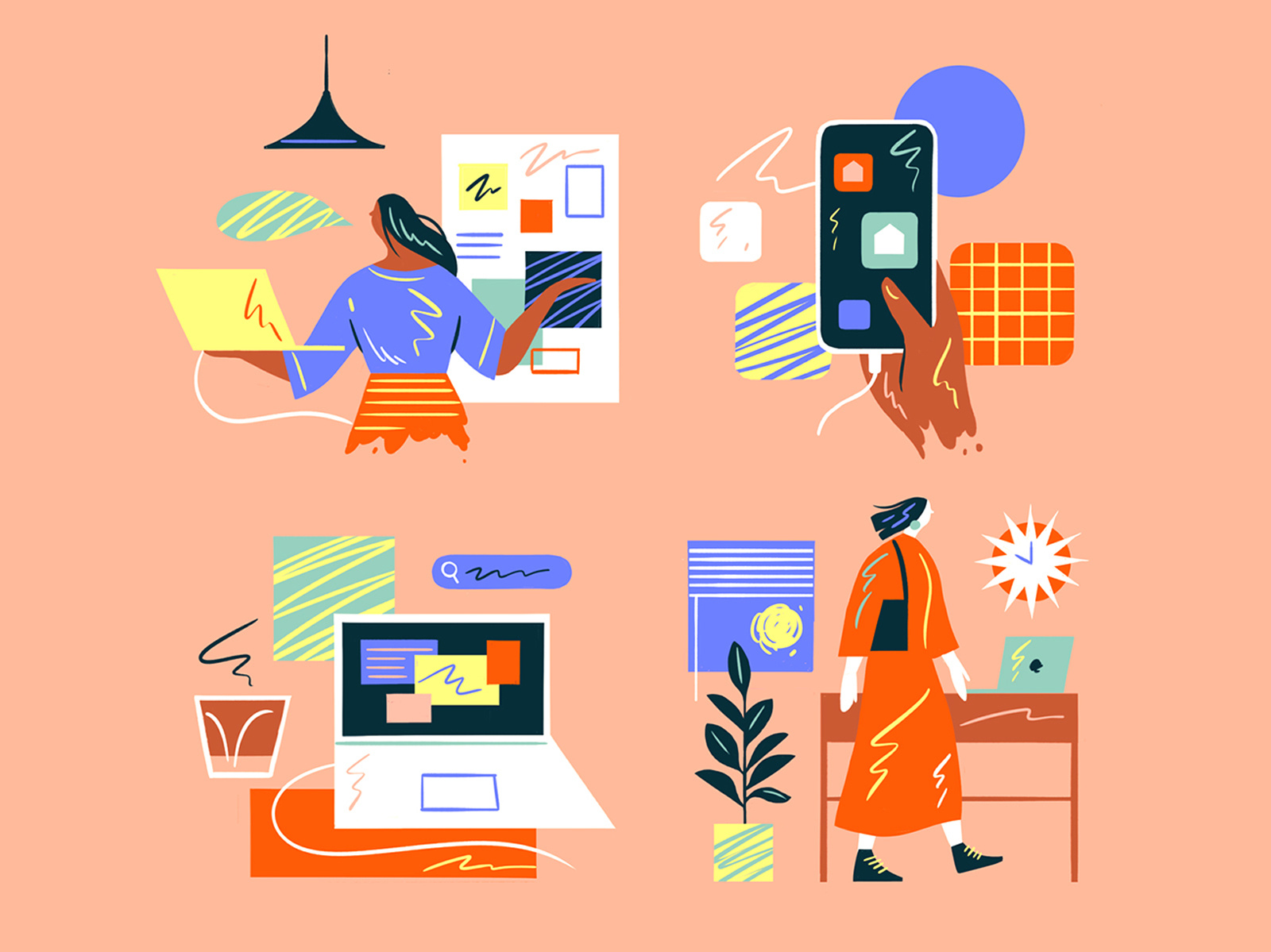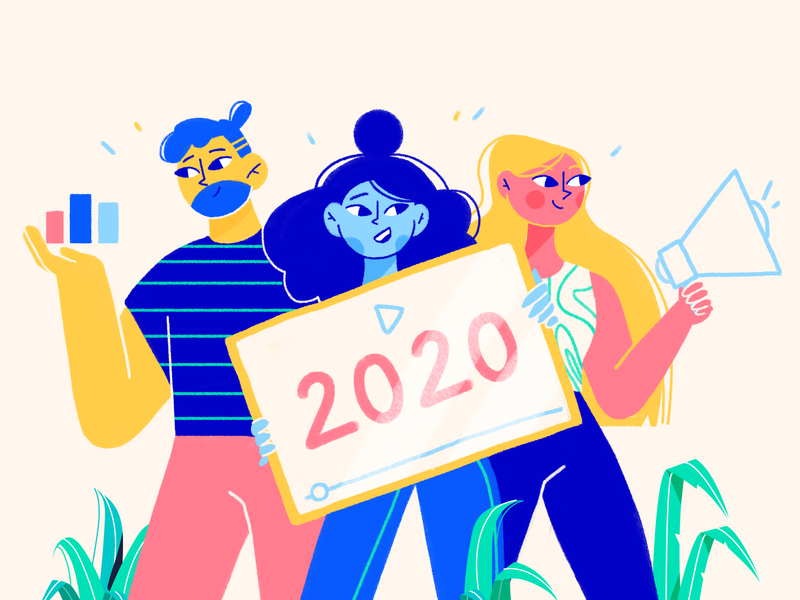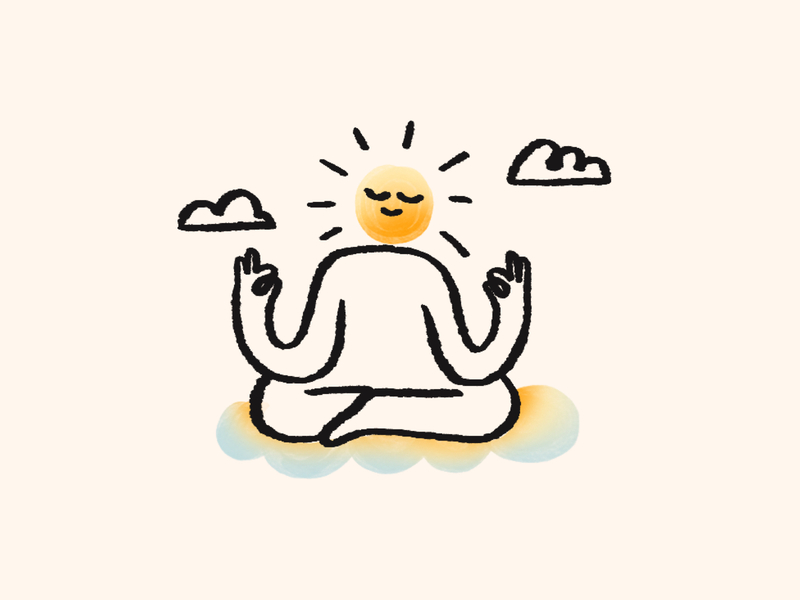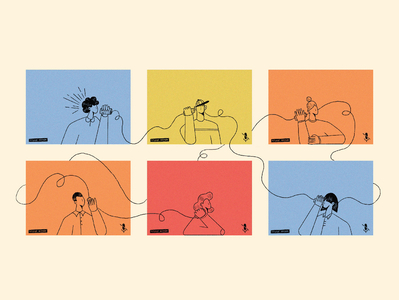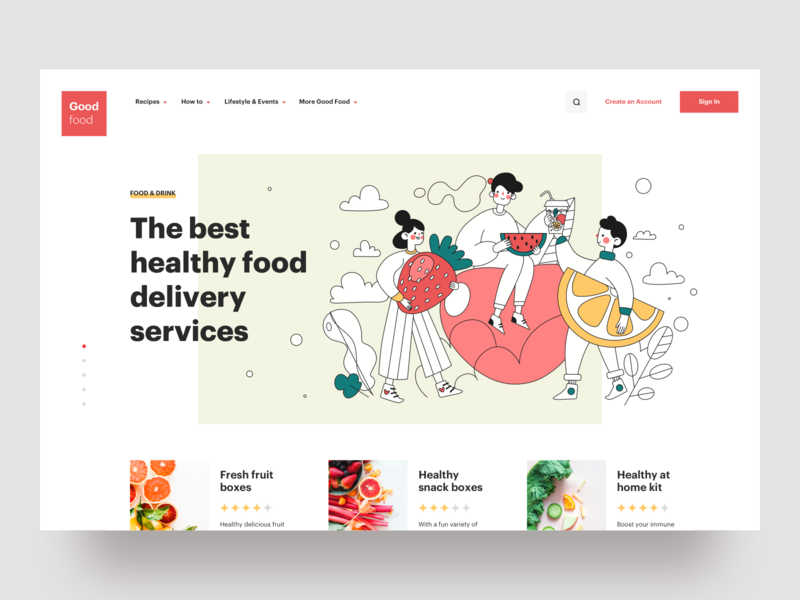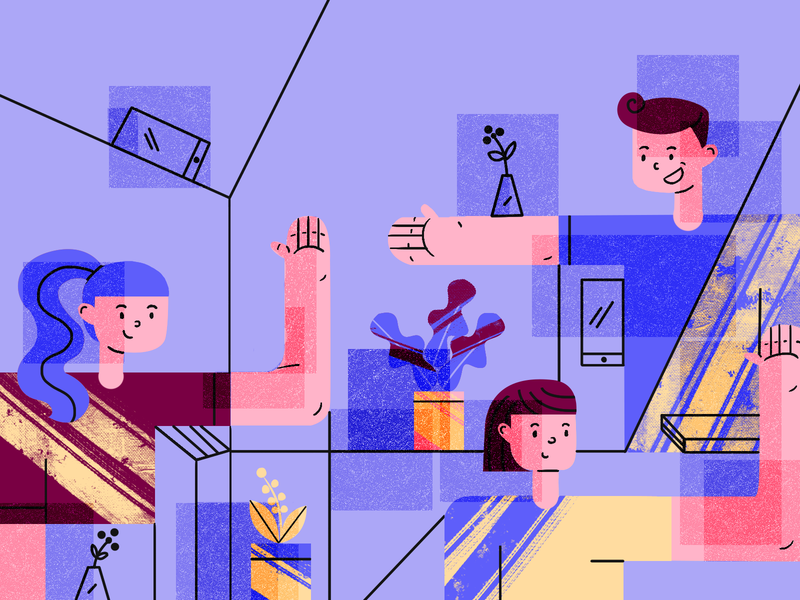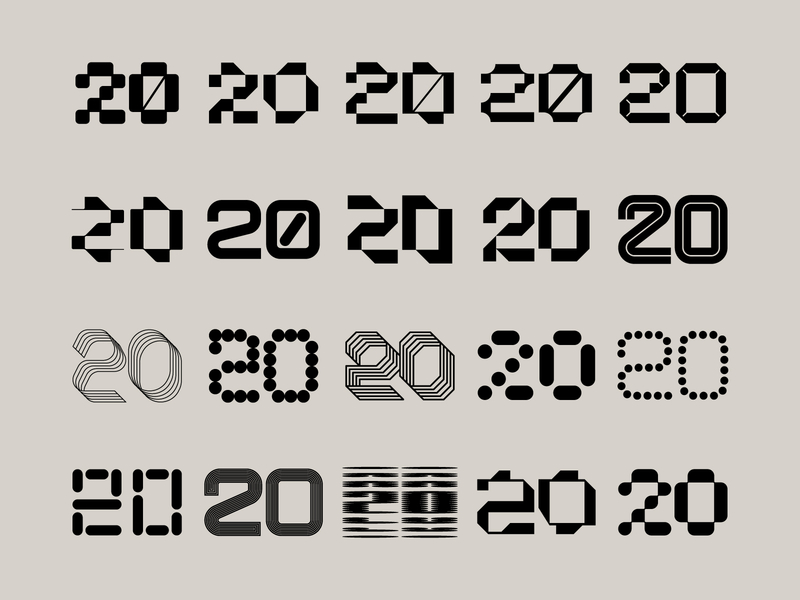2020 will go down in history as a year when the entire world changed. No industry has been immune to the changes that have happened. Since design touches virtually every facet of our lives, the design industry needs to be ready to adapt to changes as they come.
While many design trends analyses focus purely on visual trends, 2020 has brought some significant structural shifts to the way the internet is used. Designers who can adapt to these changes quickly and make the transitions easier for their clients will have an edge over their competitors.
1. Building Consumer Confidence is Vital
Economies around the world have been shaken by the global pandemic and consumer confidence took a big hit in the spring. While those numbers are recovering in many places, consumers still want to be reassured by companies they’re spending their money with.
Instilling confidence isn’t solely the work of designers, but design choices can assist in the process. When consumers lack confidence in one type of environment (such as shopping in person), those feelings of unease can bleed over into other areas (like e-commerce).
Designers should towards incorporating elements that make consumers feel at ease. This can be done through things like social proof (testimonials, sharing content from happy customers, etc.) to simply making sure that your interfaces are easy to use and intuitive.
Make it simple for consumers to get their questions answered through robust FAQs and interactive elements like chatbots. Even reassuring consumers about things like safety protocols in warehouses physical products are shipped from can make an impact on their confidence in doing business with a particular company.
Finally, don’t ignore the traumatic experiences we’ve all shared this year. Address them directly, but don’t go over the top. Consumers want to know that businesses are responding to global events but they don’t want to feel like they’re being patronized or condescended to.
2. Everyone Can Work Remotely
“Everyone” is a bit of an overstatement here, but 2020 has shown us just how many jobs can be done remotely, including professions that have resisted the transition to remote work (banking, legal, etc.).
Products that make it easier for people to communicate and get their work done from home have seen a huge boost this year. Video conferencing app Zoom has seen a 458% increase in its customer base in the past year and has more than tripled its revenue year over year. That wouldn’t have happened without the huge transition to a remote workforce.
Remote work isn’t going away any time soon. Companies have realized that many of their employees are happier and more productive when they work from home and that it saves money. Many are going to continue to keep much of their workforce remote on either a full-time or hybrid basis post-pandemic.
Designing products that make remote communication and collaboration easier is going to continue to be a huge trend for the foreseeable future. Users want to use products that are easy and intuitive and make them feel like their data and content is secure and private.
3. Accessible, Equitable Design is Key
As more people rely on technology for their primary means of communicating with friends, family, and colleagues, making sure that technology is accessible and equitable for all becomes increasingly important.
Accessibility standards for the web have officially been around since 2008, though they started being developed in 1999. Inclusive design has become the next evolution of accessibility, which focuses on making the web highly usable by all people, regardless of ability or disability, or environmental factors.
Equitable access to technology, though, is still a stumbling block for many. Rural areas that lack reliable high-speed internet access make remote learning or work more difficult (if not impossible). Nearly a quarter of the rural population in the United States lacks reliable access to broadband internet — 14.5 million people. This creates a huge gap in the ability of rural workers and students to engage with technology in the same way their urban counterparts do.
Coming up with solutions for remote access for those with slower internet speeds is challenging at best. But offering low-fi versions of more complex designs can help bridge the gap. While design alone can’t create equity between those with broadband and those without, it can help make resources more accessible to all.
4. New Hybrid Business Models
As in-person business transactions became increasingly risky, low-touch hybrid business models have been created in many areas. While things like grocery and meal delivery services have been commonplace in urban areas for decades, suburban and rural areas were often lacking in options.
2020 has forced smaller businesses to adapt. Local grocers are adopting online ordering and curbside pickup. Restaurants that never dreamed of offering delivery services started doing so. And some enterprising small business owners came up with entirely new hybrid business models to adapt to the changing economy and regulations on how business can be conducted.
One example of that is Kingdom Direct Food Delivery , in northern Vermont. When the owners at Ardelia Farm realized their usual cut flower and farmer’s market businesses would be severely curtailed this year, they turned their knowledge of local producers and farmers into a food delivery business serving their region (offering both pre-made meals and local products). Ordering and payment are done online, and deliveries are done a few days each week without the drivers and customers ever having to come into contact. It’s a business model that would have seemed impractical even a year ago, and yet they’ve had to expand their routes due to demand.
Designers can play a key role in figuring out how to adapt brick and mortar businesses into online hybrids that can serve their customers and expand their market reach.
5. New Ways to Connect
With travel restricted and even visiting a family member across town can bring an unacceptable level of risk, people have been looking for new ways to connect with their loved ones, and even to make new connections.
Designing virtual experiences that can mimic real-world interactions is complex at best. There are a lot of approaches that have been attempted this year, from a huge increase in virtual classes (for learners of all ages and on practically any subject you could teach remotely) to virtual reality simulations of huge real-world events (like Burning Man’s Multiverse ).
6. Consumer Behavior (and Motivation) has Changed
As mentioned previously, consumer confidence has taken a hit this year. But beyond that, consumer behavior has changed. Many people are being more conservative in their purchasing choices. Some are doing more to support their local economies and eschewing the big-name national retailers (both online and off).
Many consumers want to know that their purchases are supporting causes they believe in. They also want to do business with companies that align with their values. That means companies need to make their values known.
Designers may need to do more user research and A/B testing to find what works going forward. Everything from the colors used in an interface to the typefaces, images, and information presented has an impact on how users perceive the values of a brand.
People are also spending a lot more time online than they used to (data usage increased 47% over the previous year in Q1 as more people became housebound). That means many of the tried-and-true methods of designing things like ads have grown tired through over-exposure. Designers will need to try different tactics to get the same results they’ve achieved in the past.
How 2020 changed design
If 2020 has taught us one thing, as both designers and human beings, it’s that change is inevitable and being able to adapt quickly means the difference between success and failure. Designers who can envision and create those adaptations will have an edge over designers who hold onto the past paradigm of how people interact with online businesses and the internet at large. ■
![]() About the Author — Cameron Chapman: Editor. Blogger. Author. Designer. Copywriter. Marketer. Entrepreneur. Speaker. Consultant. Coach. I wear a lot of hats. What most of them have in common, though, is storytelling.
About the Author — Cameron Chapman: Editor. Blogger. Author. Designer. Copywriter. Marketer. Entrepreneur. Speaker. Consultant. Coach. I wear a lot of hats. What most of them have in common, though, is storytelling.
Find more Community stories on our blog Courtside. Have a suggestion? Contact stories@dribbble.com.
